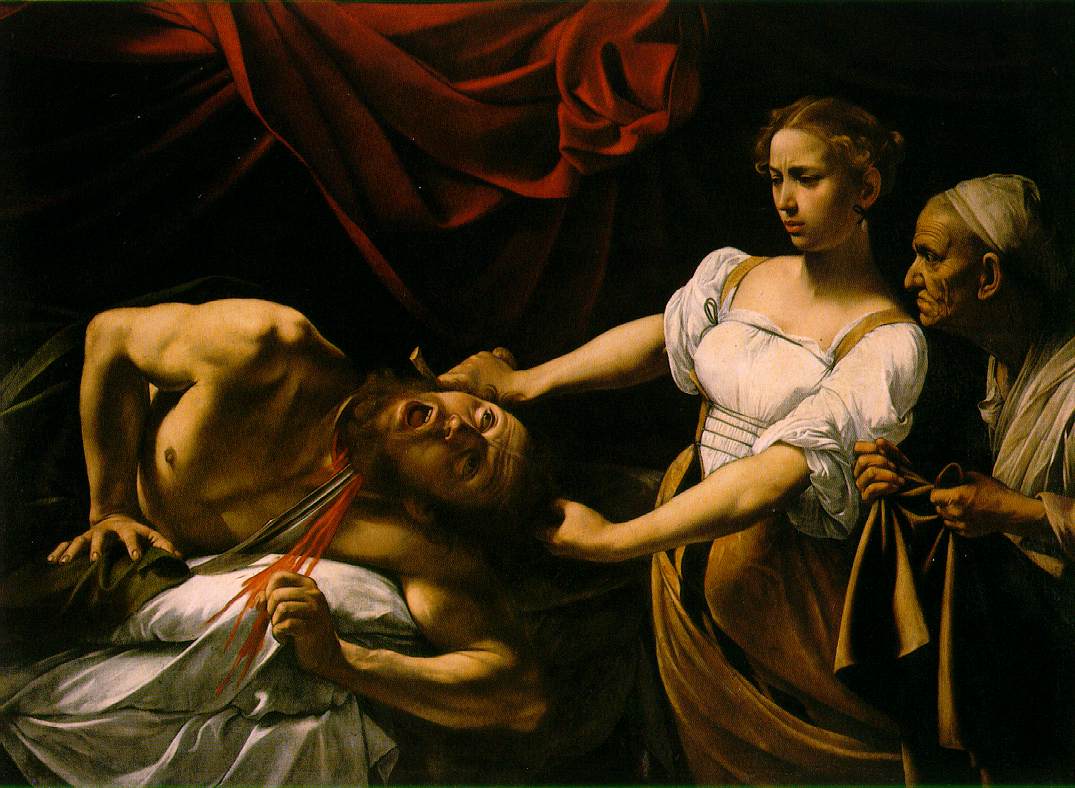 |
| El Greco, The Vision of St. John, 1614 |
The Opening of the Fifth Seal also known as The Vision of Saint John depicts the biblical story from the Book of Revelation (6:9-10). The story describes St. John’s vision of the apocalypse. Behind the subject, St. John attired in blue, he martyrs pray to G-d for justice from their persecutions on Earth. The unclothed martyrs yearn to receive the white cloth of salvation from the heavens. The Opening of the Fifth Seal was created as one of three altarpieces for the Church of the Hospital of St. John the Baptist. These three pieces included: an Annunciation, Baptism and The Opening of the Fifth Seal. This hospital resides in Toledo and was founded by the Cardinal Juan Tavera in 1541. Tavera was buried within the walls of his beloved hospital.
Within this work, El Greco's most iconic features are illustrated. The wispy background with patches of white creates a darker atmosphere surrounding the depressing subject matter. St. John's bright blue garment and the bright sheets towards the back of the painting accentuate the darkness in the background. The elongated body of St. John makes him appear larger, therefore, further showcasing that he is the subject. This three-fold project was El Greco’s last major endeavor, though he did not live to see its completion, his piece became an inspiration for more recent modern artists, such as Pablo Picasso and his Les Demoiselles d'Avignon.















.jpg/1200px-The_Calling_of_Saint_Matthew-Caravaggo_(1599-1600).jpg)





